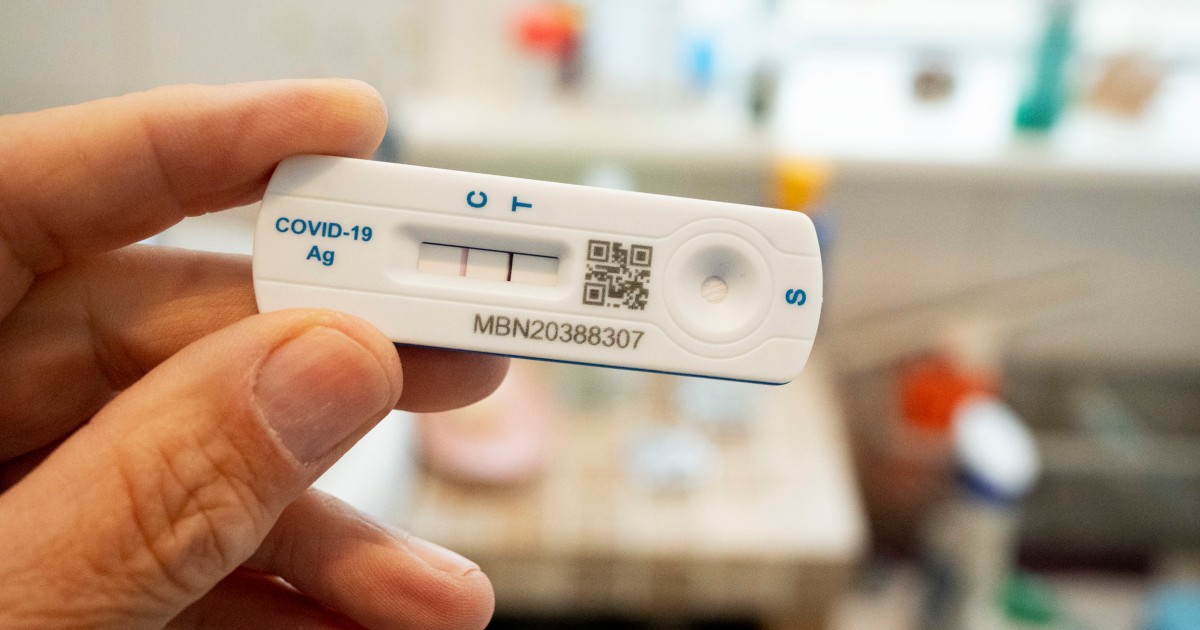
President Joe Biden’s positive Covid test is reminiscent of many Americans’ experiences this month, as it comes amid a pronounced wave of summer cases.
Though the U.S. is no longer tracking Covid cases, data from the Centers for Disease Control and Prevention suggests that infections are most likely rising in 45 states and aren’t declining anywhere in the U.S.
Indeed, wastewater data show high levels of Covid nationwide — especially in the West and Southeast.
Every summer since 2020 has had a wave of Covid cases. The uptick began earlier this year.
A number of factors are fueling infections. Most people aren’t masking or taking other precautions as Americans break summer travel records. The weeks of extreme heat across the country have driven people indoors where the virus can spread faster.
As an actively campaigning president, Biden has engaged in many of the activities that are conducive to getting Covid: traveling, shaking hands and attending events with large crowds.
On Thursday, Biden’s physician, Dr. Kevin O’Connor, said in a statement that the president was “still experiencing mild upper respiratory symptoms,” but did not have a fever.
Many other public figures have also tested positive for Covid recently: Health and Human Services Secretary Xavier Becerra on Tuesday, second gentleman Doug Emhoff earlier this month, and Sen. Laphonza Butler, D-Calif., and Los Angeles Mayor Karen Bass in June.
And anecdotally, some people have reported becoming infected for the first time after four years of avoiding Covid.
“It’s a little uncertain whether people had asymptomatic infection previously and now they finally developed a symptomatic infection or not,” said Dr. Thomas Russo, chief of infectious diseases at the University at Buffalo Jacobs School of Medicine and Biomedical Sciences. “But I’m sure there are some people out there that have never been infected, and they’re slowly getting picked off over time. Unless you’re a hermit living in the tundra and don’t interact with anyone, this virus will find you.”
“It shouldn’t be a surprise that there are upticks in infection,” added Dr. Dan Barouch, director of the Center for Virology and Vaccine Research at Beth Israel Deaconess Medical Center in Boston. “I think it’s a combination of the hot weather leading to people congregating indoors in air-conditioned areas, as well as new variants.”
New variants are key to when the surges occur, said Michael Osterholm, the director of the Center for Infectious Disease Research and Policy at the University of Minnesota.
“Each of the peaks occur relative to the arrival of a new variant,” Osterholm said. While waning immunity from the last round of vaccines also plays a major role, “it really is all about when the variants come.”
What are the new Covid variants?
A group of variants collectively known as “FLiRT” makes up more than 70% of Covid infections in the U.S. The name is a reference to their amino acid changes. The variants — KP.3, KP.2 and KP.1.1 — share the same key mutations, which could make it easier for the virus to bypass protection from vaccines or prior infections.
Another variant, LB.1, accounts for an additional 15% of infections nationally. A preprint paper from June, which hasn’t been peer-reviewed, suggests that LB.1 could have an advantage over the “FLiRT” variants in terms of immune evasion and infectiousness.
CDC data suggests that LB.1 is more dominant in the Northeast, whereas KP.3 is more dominant in southern and western states.
There’s no evidence that any of the new variants cause more severe disease than their predecessors. And it’s unclear which of them has staying power.
“We’re seeing three or four new variants sort of all competing against each other, and it’s not actually clear which one is going to emerge as dominant,” Barouch said.
Unlike other typical winter illnesses such as the flu and RSV, Covid has proven it can spread widely any time of year.
“There is no distinct Covid-19 season,” the CDC said in documents published on its website earlier this month.
Timing the Covid vaccine
That has some experts suggesting that public health officials need to rethink the timing of Covid vaccines. The next round of updated vaccines won’t be available until this fall.
Osterholm, 71, said even he was unsure of whether to get the current vaccine, “which is behind the curveball” in terms of how closely it matches the circulating variants. “Do I get a dose now, knowing that it’ll provide inferior protection, and keep me from getting the new vaccine for at least four months?”
The CDC recommends waiting at least four months between doses for optimal protection.
Katelyn Jetelina, an epidemiologist who tracks illnesses on her website, “Your Local Epidemiologist,” encouraged older adults who didn’t get a shot this past spring to get it now.
“Do it soon, as we want at least four months between this and the upcoming fall dose, so that it works best,” she wrote.
Those who test positive now and are at risk for Covid complications should consult their doctor about taking Paxlovid, an antiviral medication that can reduce the likelihood of hospitalization or death, Russo said.
Biden, who is 81, is taking Paxlovid after his current diagnosis. He took the medication after a Covid infection in July 2022, then tested positive again after finishing the course. A minority of people taking Paxlovid experience such a rebound, but doctors say it doesn’t alter the drug’s benefits in high-risk people.

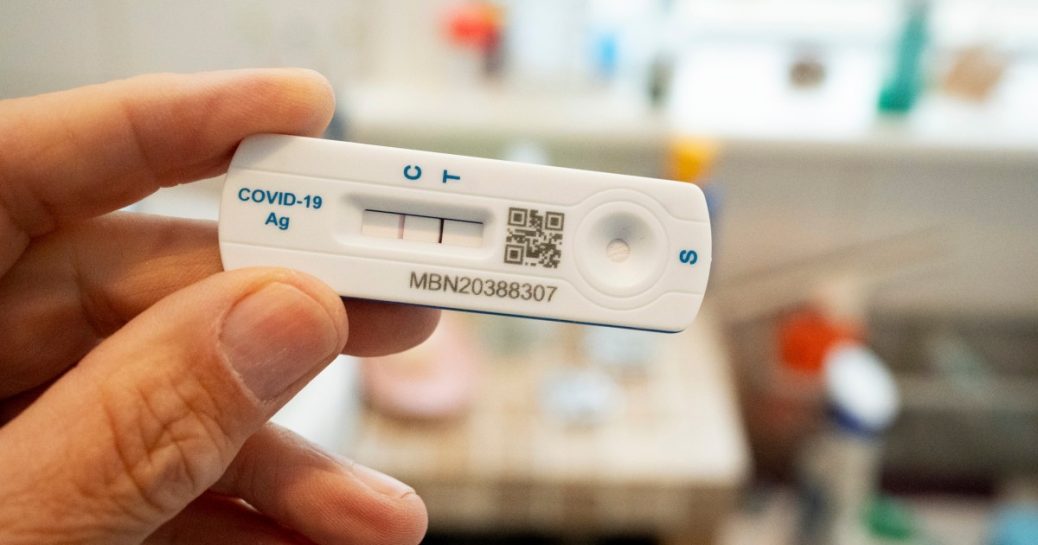
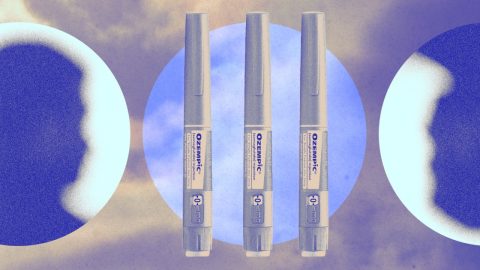

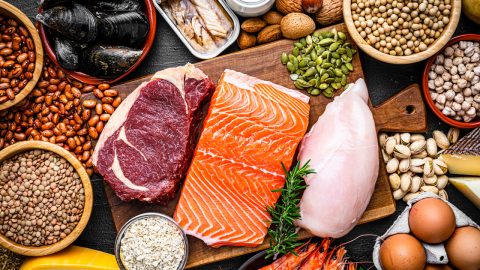
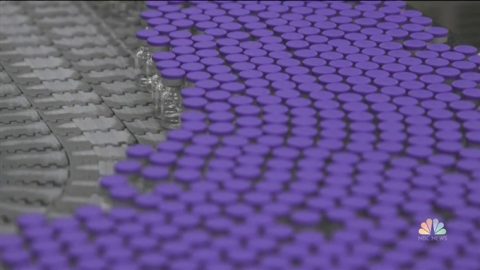

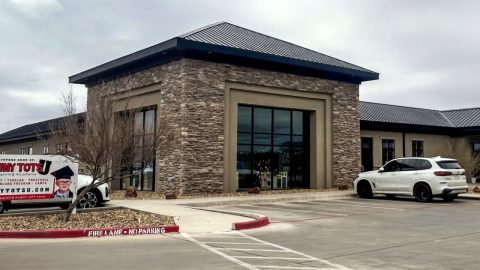

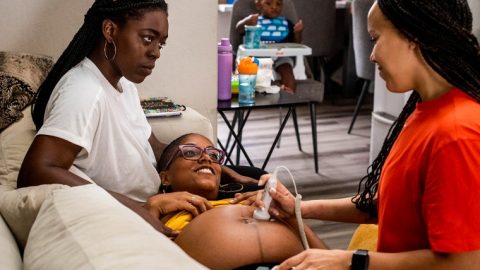
Recent Comments